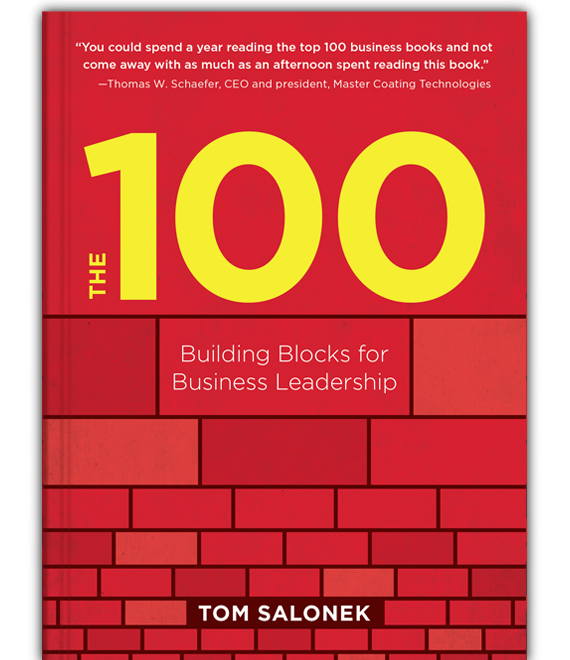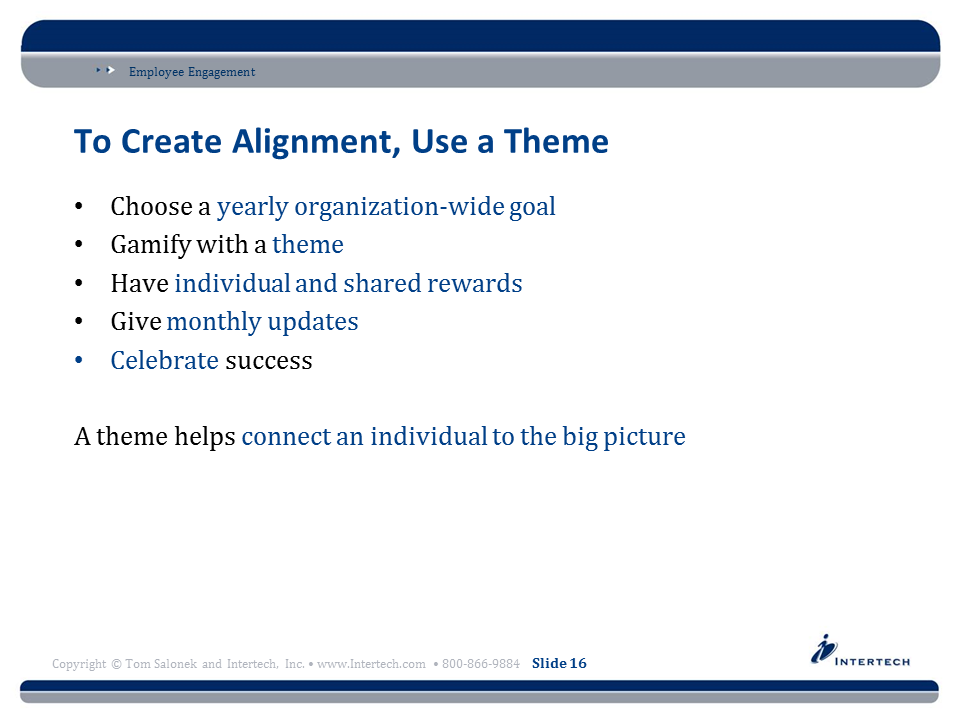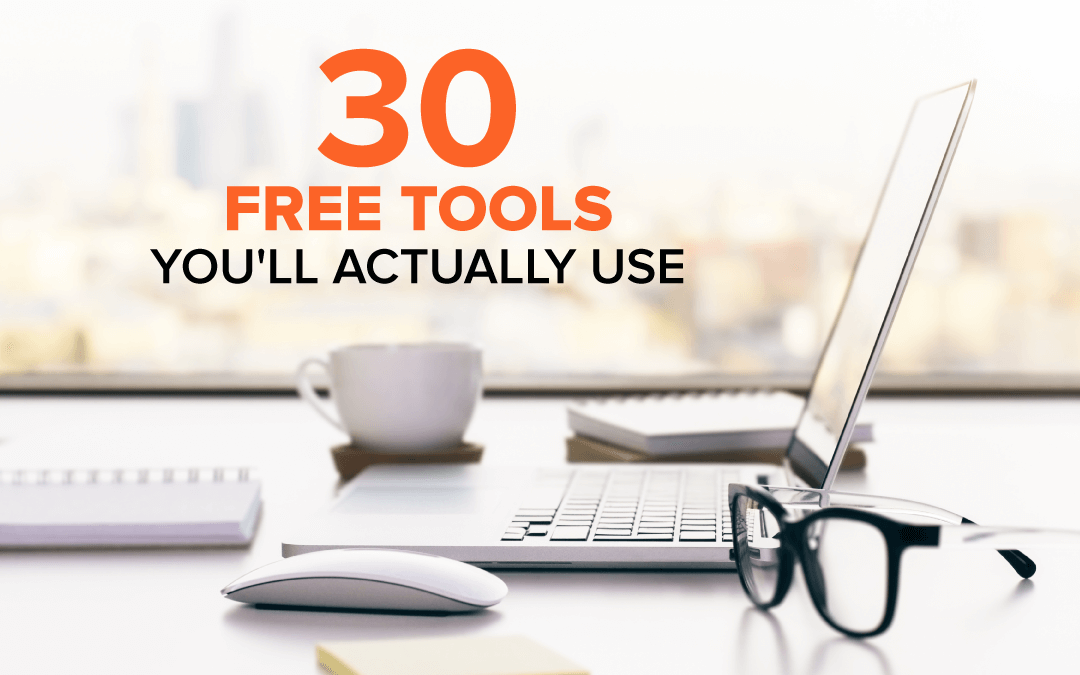 Guest Post
Guest Post
By Steve Schmidt, President, AbeTech Bar Code & RFID Solutions
When Tom Salonek wrote his book, The 100: Building Blocks for Business Leadership, I was eager to read it. I’ve long admired Tom’s company and the many awards it has received, not to mention Intertech’s consistent growth and profitability. I run a small business of my own and thought Tom’s book might give me some new ideas.
Oh boy, did it ever!
If you haven’t read The 100, I highly recommend it. This little book is crammed with practical management strategies that Tom has tested and proven at his company. Not only does the book provide 100 practical mini chapters (Tom calls them “takeaways”), it is sprinkled with fun quotes and Tom’s trademark humor. It’s the perfect book for a short business flight.
I should confess that Tom is my cousin, but please don’t think for a minute that this is a gushing “puff piece” based more on familial connections than merit. I’ve known the guy a long time and he’s always been highly motivated, focused and eager to learn and grow, both personally and professionally. He’s a, well, natural born leader. I’ve watched his company (and his family!) expand over time, and seen first-hand the productive and healthy workplace he and his partners have cultivated.
The word “mindfulness” is trendy now, but it’s a perfect description of Tom’s approach to business and life. By thinking and acting in deliberate mindful ways based on hard science and life experience, he has built a thriving organization on a solid foundation of values, like delivering beyond what is expected, treating people kindly and fairly, and keeping things in perspective. His book generously shares that experience and practical knowledge in an easy to digest format. It also comes with dozens of downloadable forms and other tools that I’m guessing are worth much more than the modest book price.
Now a confession.
When I first read The 100 it was still in the galley (pre-print) stage. Like the leader he is, Tom reaches out to others for input and alternative perspectives. I was happy to read the manuscript and give him my honest feedback. And, to be honest, I found it all to be a bit much. There are so many great ideas and recommendations; frankly, I wasn’t sure where to begin or how to implement them at my firm without losing a lot of time in the process.
I shared this reaction with Tom and he responded by explaining that following the ideas in The 100 actually save time by reducing surprises and increasing employee retention. Then he created a calendar showing how to implement his leadership program in the most efficient way possible. I reviewed the revised manuscript a second time and was pleased to give it my highest endorsement:
The 100 “artfully captures Salonek’s decades of leadership achievements and details repeatable steps that we all can take to improve our business results. Read the book, learn the secrets and enjoy the fruits of winning in the marketplace.”






 Guest Post
Guest Post We’ve all been seduced by those that magic word “FREE.” It’s right up there with “life hacks” and “ageless” in its power to reel in even sophisticated consumers. Often, of course, we often find “free” comes with strings attached or the freebee is so lame you’d just as soon wished you’d passed.
We’ve all been seduced by those that magic word “FREE.” It’s right up there with “life hacks” and “ageless” in its power to reel in even sophisticated consumers. Often, of course, we often find “free” comes with strings attached or the freebee is so lame you’d just as soon wished you’d passed.